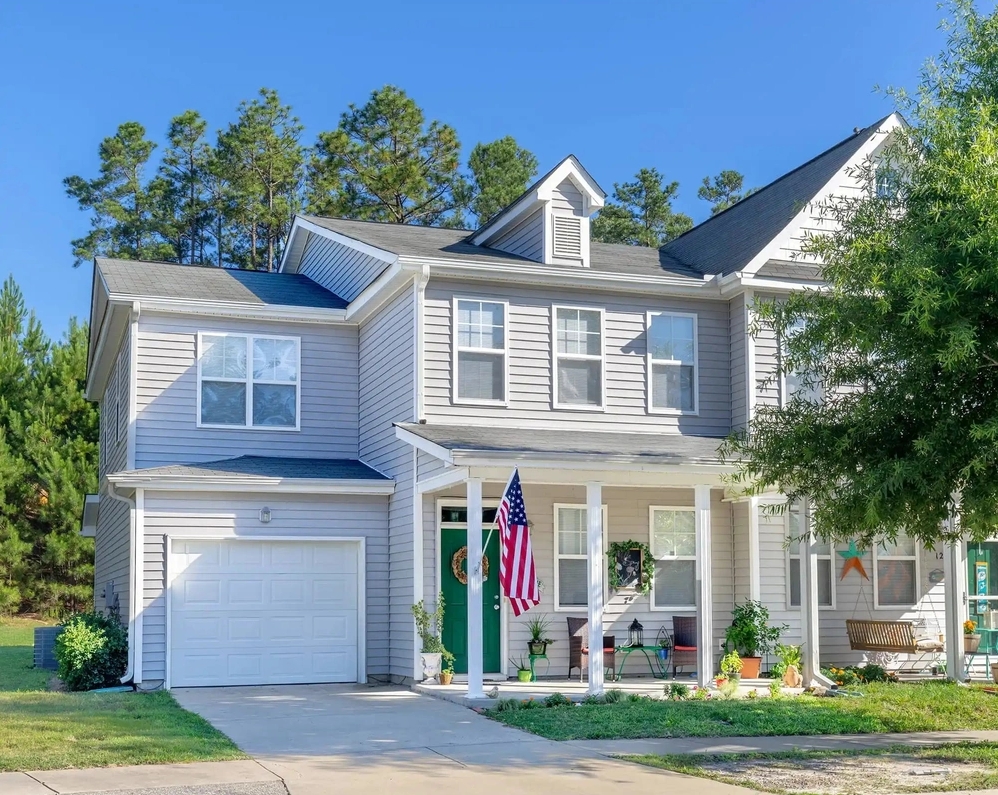Navigating housing options as an active-duty service member can be complex. Here’s Operation Homefront’s guide to help you understand the military’s housing provisions, compare on-base and off-base living, and explore how your Basic Allowance for Housing (BAH) can support your housing decisions.
Does the Military Provide Free Housing?
While the military offers housing options for service members, “free” housing is a misleading term that many Americans often misunderstand.
On-Base Housing
For active-duty personnel, the military provides on-base housing, which can be government-owned or managed by private contractors through the Military Housing Privatization Initiative (MHPI). These homes are typically assigned based on rank and family size. While rent is covered, service members may be responsible for utilities and maintenance fees.
Barracks for Single Service Members
Single service members often reside in barracks, which are like dormitories. These accommodations are provided at no cost, including utilities. However, the quality and privacy can vary, and some reports highlight issues like mold and inadequate maintenance in certain facilities.
Is It Better to Live On-Base or Off-Base?
Deciding between on-base and off-base housing depends on personal preferences, family needs, and financial considerations. The Military Wallet helps to break down the pros and cons of both options.
Pros of Living On-Base
- Cost Savings: Generally, on-base housing eliminates rent and utility bills, reducing out-of-pocket expenses.
- Community Support: Living among other service members fosters a strong support network, which is especially beneficial during deployments.
- Convenience: Proximity to work, schools, and base amenities like commissaries and gyms adds to daily convenience.
Cons of Living On-Base
- Limited Privacy: Shared walls and close quarters can reduce personal space and privacy.
- Uniform Housing Options: Housing styles and sizes are standardized, offering less customization.
- Potential Maintenance Issues: Some bases have faced challenges with housing quality and maintenance responsiveness.
- Basic Allowance for Housing (BAH): The service member loses their entire BAH once they move into on-base housing even if the home is not at the market value of the amount of BAH that they would otherwise receive if living off-base.
Pros of Living Off-Base
- Greater Privacy and Space: Off-base homes often provide more room and fewer restrictions.
- Variety of Options: A wider range of housing types and neighborhoods are available.
- Potential Financial Benefits: If the rent is lower than your BAH, you can save the difference.
Cons of Living Off-Base
- Additional Responsibilities: Renting or owning off-base requires dealing with leases, maintenance, and potentially higher utility costs.
- Commute Considerations: Living farther from base facilities can increase commute times and costs.
- Market Fluctuations: Housing markets can vary, affecting rental prices and availability. It can be especially difficult for families that are going through a permanent change of station (PCS) due to the time limitations that they have to find a home in the market if the base housing has a wait list.
Will the Military Pay My Rent?
The military does not directly pay rent. Instead, service members receive Basic Allowance for Housing (BAH). Military OneSource describes BAH as “an additional pay that is intended to help service members pay for housing based on the housing costs in local civilian housing markets when government quarters are not provided. The amount of BAH a service member receives is based on their rank, the location of the housing and whether the service member has dependents.”
Can I Use My BAH to Buy a House?
Yes, you can use your BAH to help pay for a mortgage, but there are important considerations.
While BAH is based on rental market data, it can be applied toward homeownership costs. However, BAH may not fully cover all expenses associated with owning a home, such as mortgage principal and interest, property taxes, homeowner’s insurance, and maintenance costs (govfacts.org).
Additionally, service members can utilize VA loans, which offer favorable terms like no down payment and no private mortgage insurance. These loans can make homeownership more accessible, especially in areas with higher housing costs.
Choosing between on-base and off-base housing, or deciding to purchase a home, depends on your unique circumstances and preferences. It’s crucial to consider factors like cost, convenience, privacy, and long-term plans. Consulting with your installation’s housing office can provide valuable guidance tailored to your situation.
For more information and resources, visit Operation Homefront.

